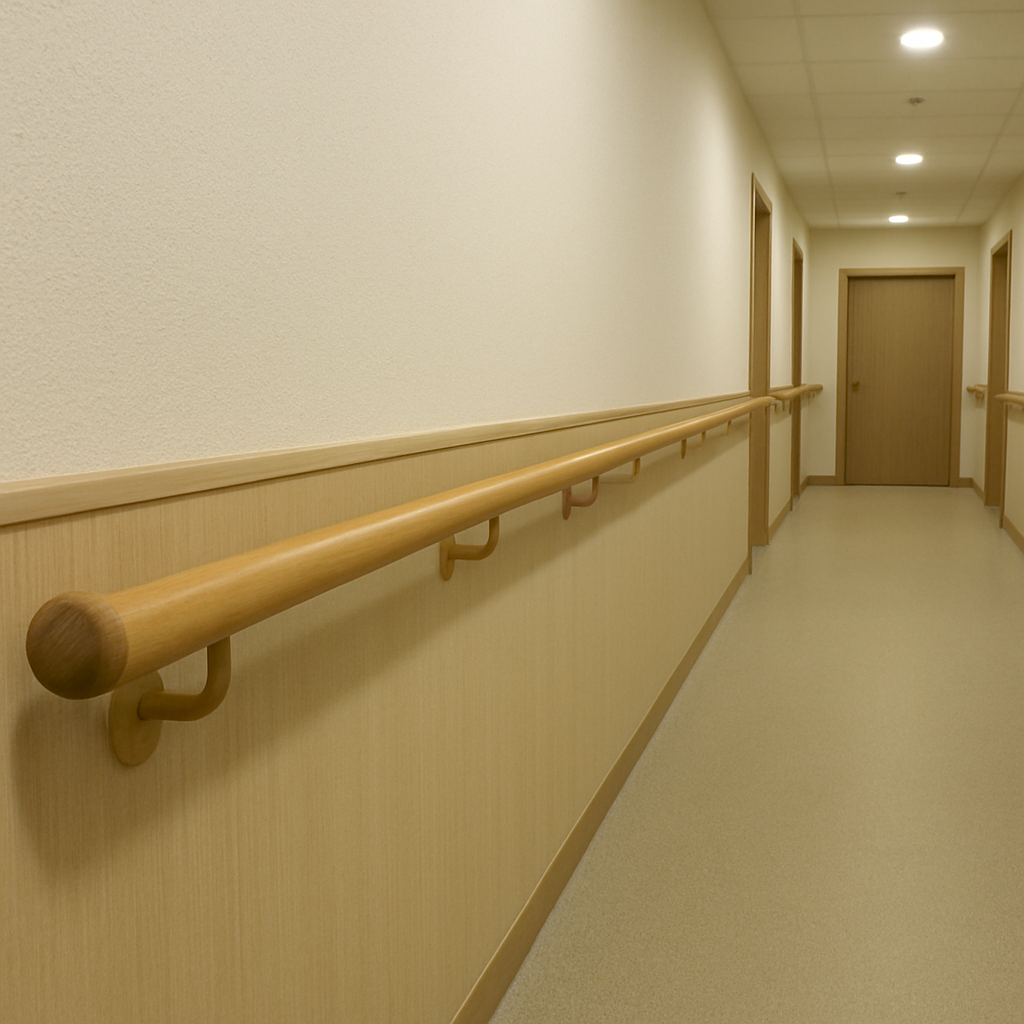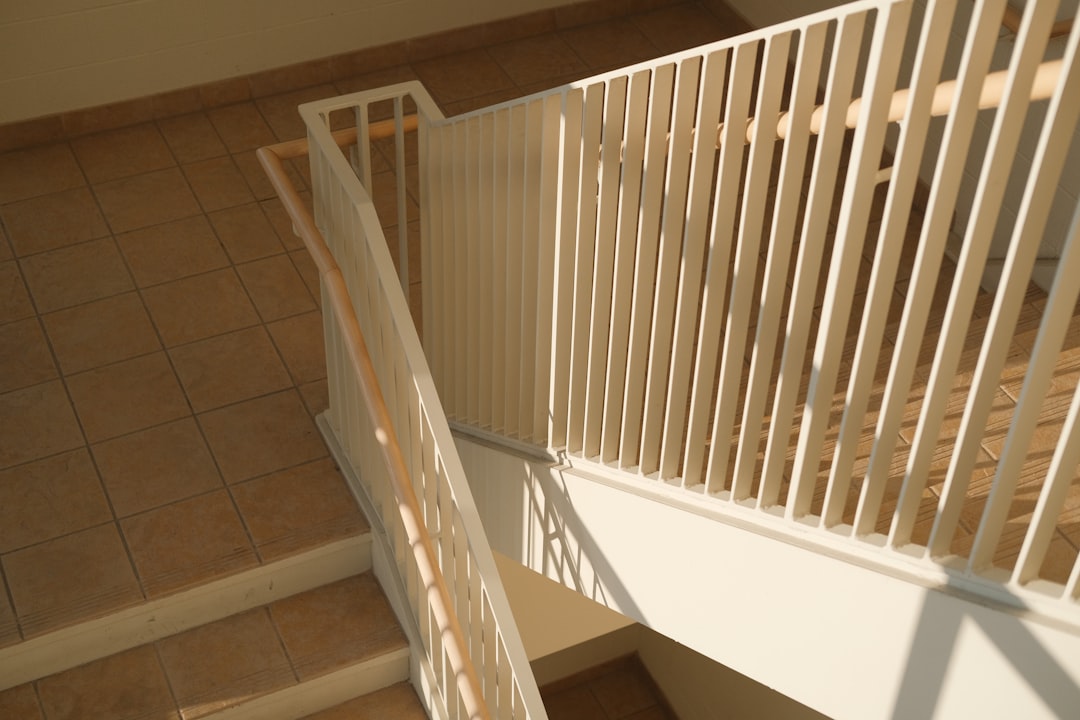 Service Hotline:13510328459
Service Hotline:13510328459
 205-206, 2nd Floor, Building 2, Xiazao Village Industrial Zone, Gaofeng Community, Dalang Street, Longhua District, Shenzhen City
205-206, 2nd Floor, Building 2, Xiazao Village Industrial Zone, Gaofeng Community, Dalang Street, Longhua District, Shenzhen City
 Service Hotline:13510328459
Service Hotline:13510328459
 205-206, 2nd Floor, Building 2, Xiazao Village Industrial Zone, Gaofeng Community, Dalang Street, Longhua District, Shenzhen City
205-206, 2nd Floor, Building 2, Xiazao Village Industrial Zone, Gaofeng Community, Dalang Street, Longhua District, Shenzhen City
Time:2025-09-03 Preview:
Navigating the world of elderly care requires careful attention to safety, comfort, and accessibility. One vital aspect of ensuring safety in nursing homes is the installation of appropriate handrails. In China, where the aging population is growing rapidly, nursing home handrails have become a key component of elderly care facilities.
Handrails serve more than just a functional purpose; they are instrumental in preventing falls, providing support, and enhancing the overall mobility of residents. This article explores the different types of handrails used in Chinese nursing homes, their benefits, and how they contribute to a safer and more supportive environment for the elderly.
Handrails are essential in nursing homes, particularly for elderly residents who may have mobility challenges. They provide a stable point of support, helping residents maintain balance as they move through hallways, bathrooms, and other areas of the facility. By reducing the risk of falls, handrails significantly contribute to the safety and well-being of residents.
Falls are a common hazard in nursing homes, and they can lead to serious injuries among the elderly. Handrails act as a preventative measure, offering residents something to hold onto when they feel unsteady. This simple addition can drastically reduce the number of falls, thereby minimizing injuries and promoting a sense of security.
For many elderly individuals, maintaining independence is a primary concern. Handrails help enhance mobility, allowing residents to move more freely and confidently throughout the facility. This increased freedom not only improves physical health but also boosts mental well-being by fostering a sense of independence.

In China, nursing homes utilize a variety of handrail designs and materials to cater to the diverse needs of their residents. Here are some of the most commonly used types:
Wooden handrails are a popular choice due to their durability and aesthetic appeal. They provide a warm, natural look that can make a facility feel more like home. Moreover, wooden handrails are robust and can withstand significant weight, making them a reliable option for supporting elderly residents.
Stainless steel handrails are favored for their strength and resistance to corrosion. They are particularly suitable for areas with high moisture levels, such as bathrooms and kitchens. The sleek, modern look of stainless steel handrails also complements contemporary nursing home designs.
Plastic handrails are lightweight and easy to install, making them a cost-effective option for many nursing homes. They come in various colors, allowing for customization to match the facility’s interior design. Despite being lightweight, plastic handrails are designed to support the weight of elderly residents effectively.
Aluminum handrails offer a blend of strength and lightweight properties. They are resistant to rust and require minimal maintenance, making them an excellent choice for both indoor and outdoor use. Their versatility and durability make aluminum handrails a popular choice in Chinese nursing homes.

To ensure handrails serve their purpose effectively, they must incorporate certain features that cater to the specific needs of elderly residents.
Handrails with an ergonomic design provide a comfortable grip, reducing strain on the hands and wrists. This design is crucial for residents who rely heavily on handrails for support.
A non-slip surface is essential to prevent slips, especially in wet areas like bathrooms. Handrails with a textured or rubberized surface offer additional grip, ensuring residents can hold on securely.
The height of handrails is critical to their effectiveness. They must be installed at a height that is accessible to all residents, typically between 34 to 38 inches from the floor. This ensures that residents can use them comfortably without stretching or bending excessively.
Continuous handrails provide uninterrupted support, allowing residents to move seamlessly from one area to another. This feature is particularly important in long corridors or areas with high traffic.
Proper installation of handrails is as important as choosing the right type. Here are some best practices for installing handrails in nursing homes:
Before installation, conduct a thorough assessment of the facility to determine the areas where handrails are needed most. Consider factors such as resident traffic, potential hazards, and the existing layout of the facility.
Handrails must be securely mounted to the walls to ensure they can support the weight of residents. Professional installation is recommended to ensure that handrails are properly anchored and meet safety standards.
Regular maintenance and inspection of handrails are crucial to ensure they remain in good condition. Check for signs of wear and tear, such as loose fittings or surface damage, and address any issues promptly to maintain safety.
In conclusion, handrails are a vital component of nursing home safety in China. They provide essential support and stability for elderly residents, helping to prevent falls and enhance mobility. By choosing the right type of handrails and ensuring proper installation and maintenance, nursing homes can create a safer and more supportive environment for their residents. As the aging population continues to grow, the importance of handrails in promoting safety and independence cannot be overstated.
Investing in high-quality handrails is an investment in the well-being and dignity of elderly residents, ensuring they can live with confidence and security in their golden years.
